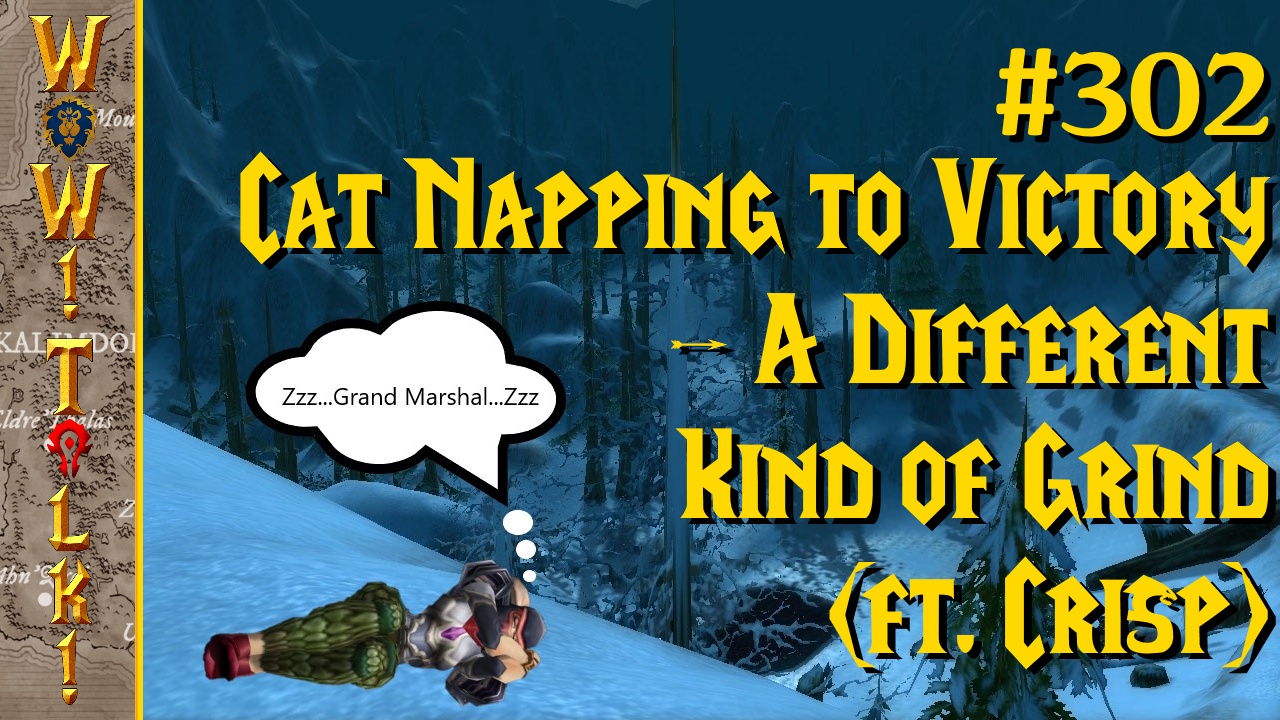
Just 16 months ago I found myself in a Ferelden forest amongst my kin: the Dalish Elves. After exploring the titular origins of the first Dragon Age, I went on to become The Hero of Ferelden after approximately 60 hours of adventuring. It was a fantastic RPG despite possessing a combat system that was decent at best (on consoles). For the sequel, the talented staff at Bioware set out to fix that oversight while crafting another massive quest. Although the sequel introduces some issues of its own, I’m happy to report that it features some drastic improvements that largely outweigh said problems.
At the onset of Dragon Age II you’ll find yourself, along with an as-yet-unknown ally, standing in a mountainous region preparing to make a desperate stand against those vile dark spawn that caused so much trouble the last time around. Players have a powerful move set at their disposal during this sequence which serves as an excellent lesson in the subject of the new battle mechanics. Expecting something similar to the first game, I charged forth into the first wave of the scum and hit the attack button and drifted off watching my health bar to see when I need to queue up a potion. Several seconds later, I realized that this had only caused me to swing my blade a single time. Shrugging off my Dragon Age: Origins hangover, I finally grasped the concept that I know had full control over all of my main character’s actions during encounters.
As embarrassing as that moment of revelation was, it made me happy that I hadn’t spoiled everything for myself coming into the game. The previous entry in this budding franchise had conditioned me to deal with a clunky structure for fighting foes, but the sequel remedies almost every complaint in this area. No longer did I find myself frequently dying due to reasons that were out of my hands. Instead, battles flowed quickly and smoothly. Over the course of the 42 hours it took to complete Dragon Age II, battles almost always felt as if they were proceeding according to my plan. That’s not to say I never died (I did) or that the game was a breeze (it wasn’t). You still need to pause the action occasionally to issue healing commands or to temporarily move someone out of harm’s way. The more action-heavy control scheme feels far more organic though, and this makes for a better experience.
The original title was designed with a keyboard and mouse in mind, so PC gamers likely cannot relate to just how superior the new controls are to the old. Not too worry, the RPG wizards at Bioware have updated more than just the combat mechanics. Not all of the departures from the first game are welcome (more on that later) but the new setup for conversations certainly is. I use the term “new” loosely here, as the system that is in place is extremely reminiscent of the wheel from the Mass Effect series.
The Hero of Ferelden was a rather quiet individual. Sure he chimed in when the situation demanded it, but he had far less to say than the sequel’s Champion of Kirkwall. Excellent voice over work and the conversation “wheel” (not actually shaped like a wheel here, but I digress) had me itching to exhaust as many dialogue options with NPCs and party members as possible. As in Bioware’s sci-fi RPG franchise, you are provided with a list of brief response options that each represent a full reply.

There is nothing like the Paragon/Renegade system in place here, but there are clearly marked “good” and “bad” replies. Depending on the situation, you might also be presented with blunt, romantic, sarcastic or heart-breaking alternatives. Most any response leads you down an interesting path of some sort, but some of the snarky remarks will leave you scratching your head wondering why anyone would take that approach to joking. The manner in which you choose to present your Garret Hawke can and will lead to serious plot alterations. Each selection’s mood is thankfully conveyed via a small icon that helps to ensure Hawke heads down the path you intend him too. I just wish that the interruptions from Mass Effect 2 had found their way into this game. Unfortunately, we’ll just have to wait and hope for that element to be included in the next sequel.
Hawke’s story, spanning ten years, is being told throughout the game by the dwarf Varric to a furious Chantry Seeker who is desperately searching for the current location of the Champion. After the epic “Only person on the continent who can save it from imminent destruction at the hands of unspeakable evil” story of the last game, some of you will likely be let down by the scaled back campaign in Dragon Age II. The first half of the story meanders about and doesn’t seem to be heading in a particularly ambitious or interesting direction. Stick with it though and you’ll find that it takes some exciting turns. The stakes raise considerably down the stretch and their is a fantastic payoff after the lengthy setup. In fact, I actually preferred this story of politics, religion and rebellion over the first outing’s thrilling but somewhat cliched yarn.
Unfortunately, that is more than I can say about the world of Dragon Age II. The extreme majority of the title takes place inside of the city walls of Kirkwall. Now, there is nothing wrong with this environment. It has numerous sections, is full of interesting individuals and feels like a pretty faithful recreation of what I’d imagine a medevil city to be like. (Albeit, with some fantastical elements thrown in for good measure). No matter how well designed any area is though, no one wants to spend nearly an entire game in it.
Eventually, players will reach a point in which they can go on quests in the surrounding areas of Kirkwall. As an RPG veteran, I have been conditioned to assume that this would be the moment that the curtain would be pulled back on a larger world that I was free to explore. Not the case. There are a few dozen missions that will send you outside of city limits, but you won’t stray far. Aside from one subterranean exception, these all take place in a handful of relatively small areas in the lands bordering Kirkwall.

It could be argued that this was a deliberate move to allow the developers to present the ten year chronicle of a city on the brink of destruction. This is true to a degree, but I suspect that it also had something to do with the shortened development cycle. Whatever the reason, being cemented down in Kirkwall had me pining for the vast nation of Ferelden from the original. Throwing some fuel on this fire, is Bioware’s over-reliance on templates for indoor areas. This means that you will eventually know exactly what you’re getting into when you enter a nobleman’s home in High Town or a cave at the Wounded Coast (of which there are many). An injection of uniqueness in this area would have relieved some of the monotony of spending 40-50 hours in the greater Kirkwall area.
The game’s visuals don’t do it many favors either. Kirkwall’s architecture and intricate artwork is actually well done and does a good job of contributing to the game’s atmosphere. It is in the character textures that the whole thing comes undone however. There is no other way to describe this aspect of the game than ugly. If you’re playing on the PC, that last sentence might have raised an eyebrow. That is because Bioware delivered a high resolution texture patch on the day of Dragon Age II’s release.
This particular upgrade has not made its way over to the consoles however. Clothing and armor look every bit as hideous as they did in the prequel. I do not know what issue is preventing the patch from making its way over to the 360 and PS3, but I do know that both systems are capable of far better textures than what is on display in this game. While I’m on the subject of clothing, I also want to point out that every other man in Kirkwall is wearing the same plaid sweater that most of Ferelden’s citizens had on in Origins. This gets very repetitive.
The problems don’t stop with the textures either. You will witness some serious problems with collision detection during your play through. Characters and weapons routinely move right through environmental objects as well as other character’s body parts. Weapons also just float magically in the air a few inches behind the backs of your party members. Finally, load times are still lengthy and frequent. None of these issues are new to Dragon Age, but its worth mentioning that they have yet to be addressed.

On the bright side, some significant overhauls to character designs make things look much improved from an artistic standpoint. Certain characters from Origins make a return appearance in an altered form. In one particular scene, the game even pokes fun at the fact that one of my party members looks different than when last a certain someone saw her. Not content to stop there, Bioware’s artists went ahead and changed the look of entire races in Dragon Age II. Qunari and darkspawn have strikingly different features and the elves now bear a closer resemblance to the vision of their race that untold numbers of fantasy RPGs have pounded into gamers’ heads.
Dragon Age II is no graphical showpiece, but the changes for the better to character designs go a long way in alleviating the technical shortcomings. What truly gets you through the unattractive texture work though is the fantastic level design and stimulating conversations. Complaints about the scaled back world are also valid but are brushed aside by just how much fun it is to go on the myriad of quests that are available. This is an incredible RPG that will please series veterans and newcomers alike.




